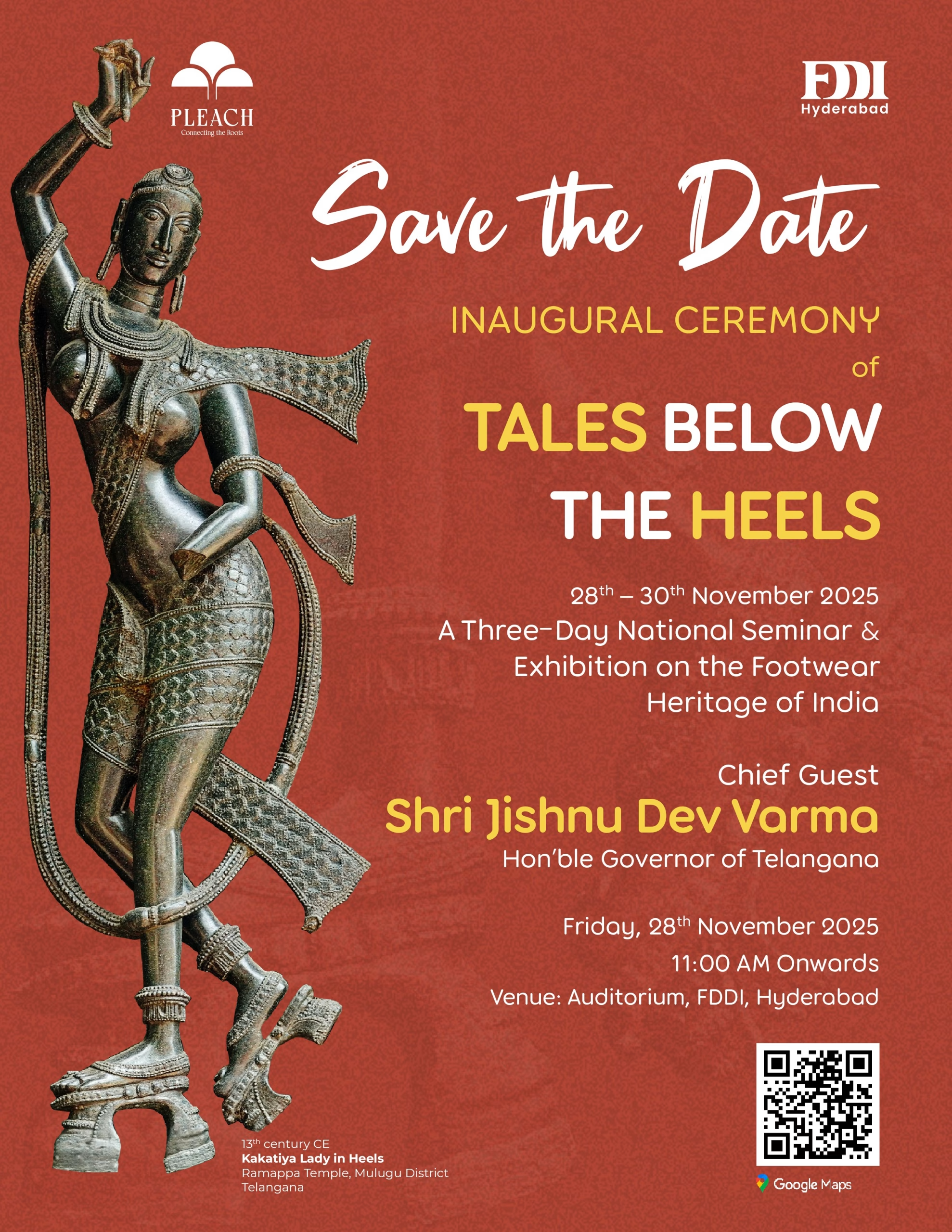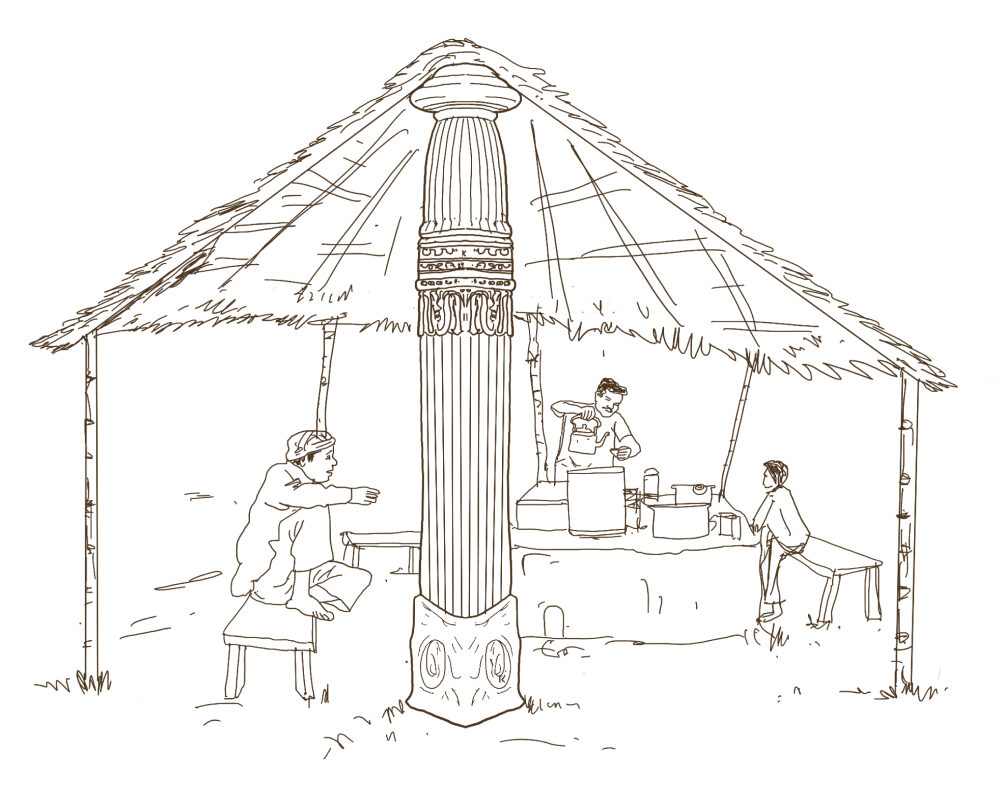

CEO Diary
Dr. E. Sivanagi Reddy-Sthapathi

CEO Diary
Dr. E. Sivanagi Reddy-Sthapathi
From Tea Stall to Museum: The Remarkable Journey of a 1,500-Year-Old Pillar


During a quiet afternoon in the serene village of Pinakadimi in Eluru district, I stopped at a humble thatched tea stall for a brief rest. As I sat sipping tea, my eyes were drawn to the central pole supporting the structure—its surface adorned with delicate carvings. Curiosity led me closer, and to my amazement, I recognized it as a 32-fluted Buddhist pillar, dating back to the 5th century CE—an exquisite relic from the Salankayana period.
I shared the significance of this ancient treasure with the villagers gathered around. Their astonishment quickly turned into reverence, as they realized they had unknowingly been the custodians of a 1,500-year-old piece of history.
When I returned to the village two weeks later, my heart swelled with joy—the pillar had been carefully removed from the tea stall, preserved with pride and respect. It was a beautiful reminder of how heritage lives on, not just in stone, but in the awakening of a community’s spirit.
Today, the pillar stands preserved in the museum, celebrated as a priceless piece of India’s cultural legacy—a testament to the power of awareness and the enduring respect for heritage.







